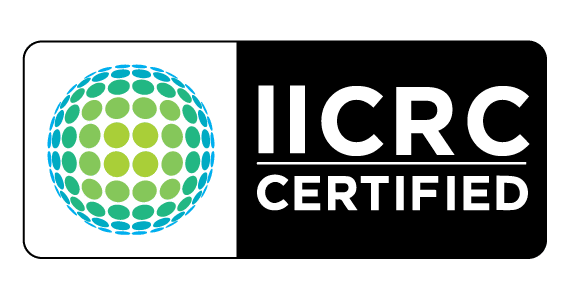
Post Flood Cleanup: A Step-By-Step Guide
Post Flood Cleanup: A Step-By-Step Guide It’s finally over! The dark clouds have cleared up, there’s blue sky ‘up yonder,’ and the rays of the
Scientific investigations of the 1970s discovered that long-term exposure to lead in residential homes and apartments was the cause of a severe health issue known as lead poisoning. Exit Mold, a home restoration firm serving NYC and the five boroughs for 25-plus years, has found it best practice to utilize XRF (X-ray Fluorescent) lead testing technology as the most reliable method to detect the presence of lead, often found under layers of paint in NYC apartments and homes. However, XRF lead testing is not the only method of in-home lead testing. Today’s blog aims to inform our clients and potential clients of the other methods available for lead testing and the pros and cons of each method.

In 1978 the federal government of the United States banned lead-based paint for consumer use.
While it is good that lead-based paint could no longer be used, it is estimated that approximately 30 million U.S. homes, built before 1978, may still contain lead-based paint. New York City has 13% more multi-family apartments of 20-plus units than anywhere in the U.S., with 70 percent of NYC single-family and multi-family apartment buildings constructed before 1960.This pushed New York City to pass Local Law 1 in 2004 requiring landlords to identify and correct lead hazards in homes and apartments with young children, and NYC stepped up in August, 2020 to eradicate lead exposure with Local Law 31, requiring all NYC buildings, built before 1960, to be inspected using the approved XRF lead test.
The awareness of lead hazards to adults and children brought the U.S. Congress to pass the following legislation to aid in eradicating lead paint, lead dust, lead in water and soil, and ensure the proper means of disposing of lead waste. The following are the legislative laws, all administered by the Environmental Protection Agency (EPA), which assists communities to comply with lead regulations:
In 2001, with the implementation of the Toxic Substances Control Act (TSCA), the EPA not only became overseer of the legislative lead testing requirements but also implemented the dust lead hazard standard (DLHS) and dust lead clearance levels (DLCL). The DLHS standard is the basis for determining whether dust lead hazards are present. DLCL standards are used to evaluate the effectiveness of lead abatement in pre-1978 homes and apartments.
In 2008, the EPA instituted the Lead-Based Paint Renovation, Repair, and Painting Rule (RPP), amended in 2010 and 2011, to further protect the public from lead-based paint hazards that evolve in the home renovation, repair, and painting activity. Such renovation and repair work can bring about lead dust when surfaces containing lead from decades past are disturbed. All renovation, repair, and painting firms must be EPA certified as of April 22, 2010. Exit Mold technicians are always certified professionals.
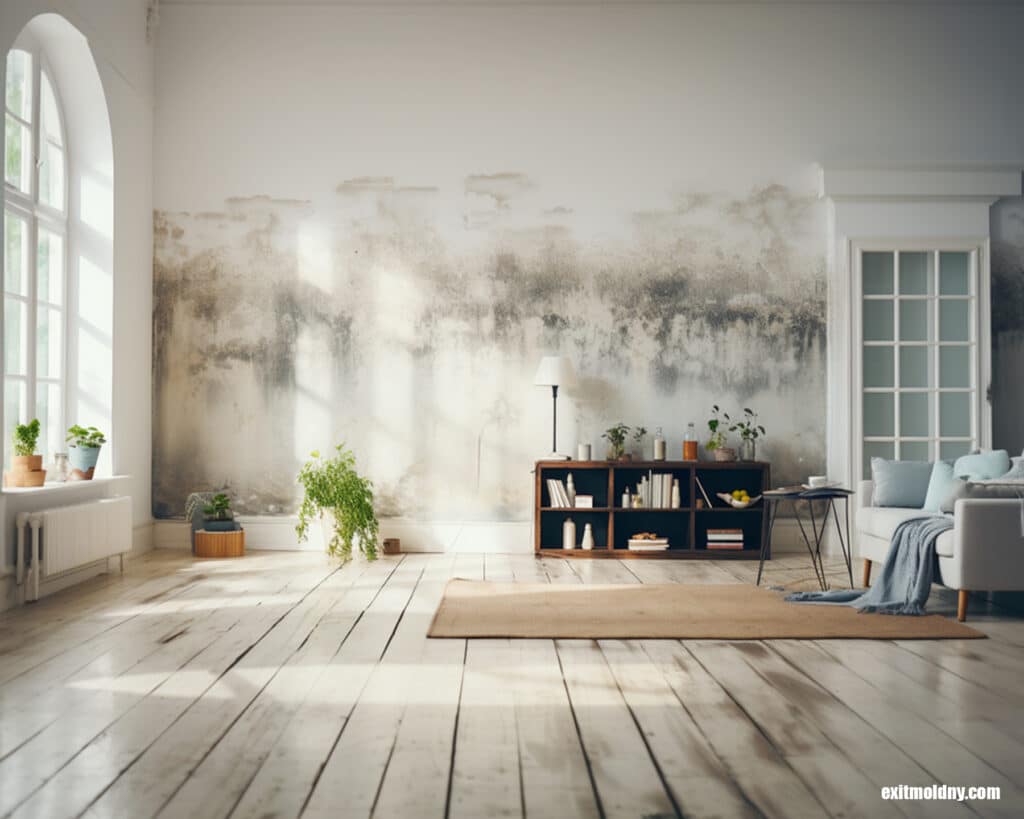
The following are the three methods for testing for lead in paint:
Lead Test Kits: Such kits are DIY lead testing and available at the local hardware store or larger home improvement retailers such as Lowes or Home Depot. The home lead test kit uses a chemical solution of sodium sulfide or sodium rhodizonate. It is applied to a notched surface or a paint chip. There is also swab lead testing in which a swab is rubbed onto a painted surface. A change of color to the solution or swab indicates the presence of lead. The EPA states that many lead test kits for homeowners need to be more accurate in determining the amount of lead in paint according to the RPP rule. That said, the EPA does recognize three lead testing kits, when used by trained technicians, that comply with the RPP Rule: 3M LeadCheck™, D-Lead®, State of Massachusetts Test Kit (available only in Massachusetts)
The ‘pros’ of a lead test kit found at local retailers:
The ‘cons’ of such kits:
Lead testing kits are not to be used by building owners or multi-unit apartment landlords to satisfy NYC Local Law 31. Only XRF lead testing or paint chip sampling are acceptable testing methods.
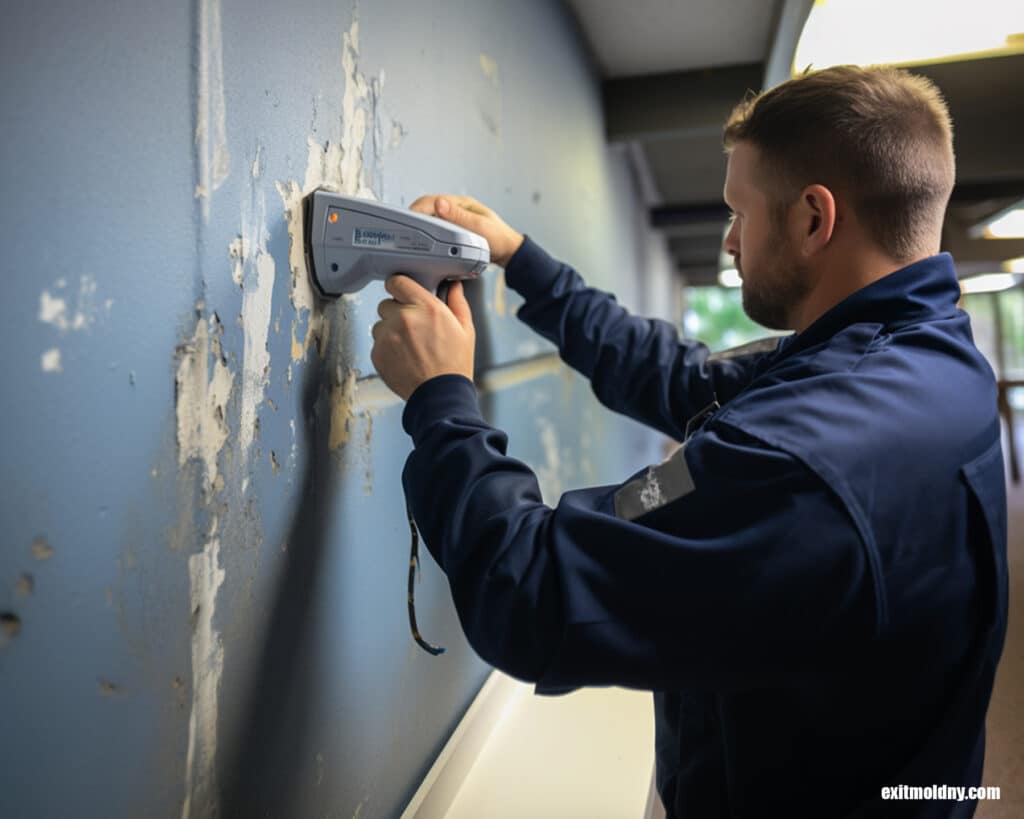
X-ray Fluorescence (XRF) Lead Testing: This method of lead testing involves using a
gun-like spectrometer that uses X-rays to determine the presence of lead under layers of paint and the quantity of the lead.
Pros of XRF Lead Testing:
Cons of XRF Lead Testing:
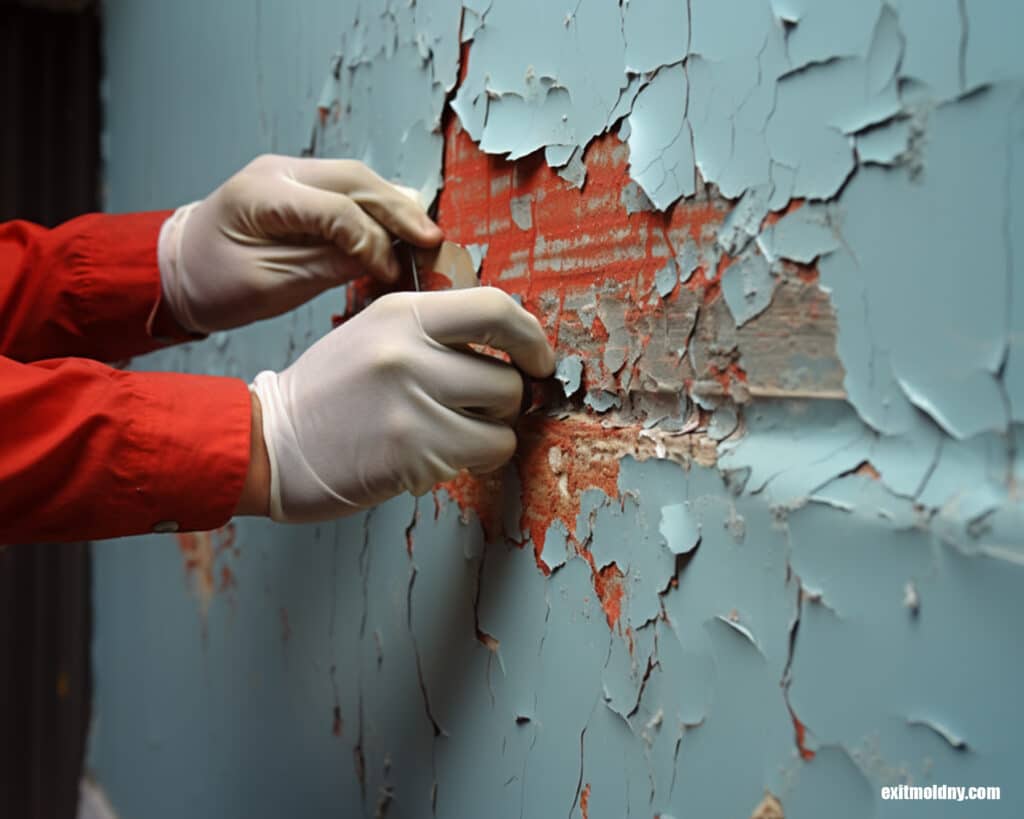
Paint Chip Sampling: Paint chip sampling involves sending paint ‘chips,’ at least 4 square inches for accurate testing, to an accredited lab for analysis.
Pros of Paint Chip Sampling:
Cons of Paint Chip Sampling:
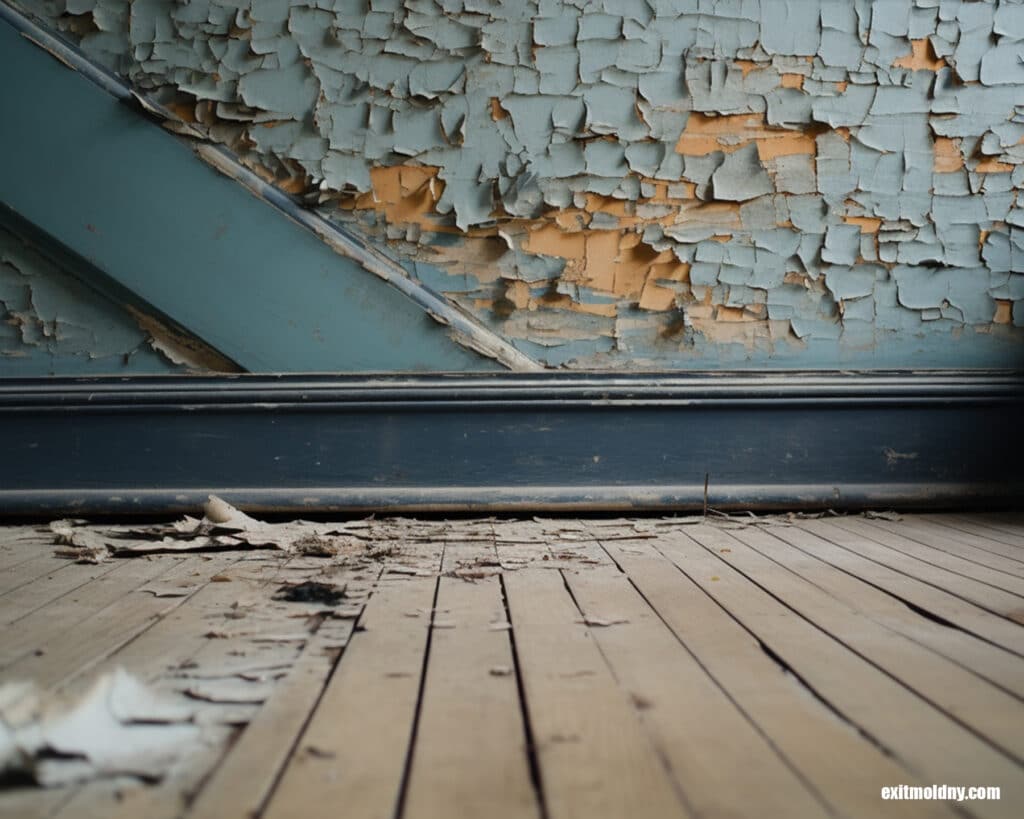
Exit Mold technicians are trained and certified in XRF lead testing technology. We take our job of lead testing seriously — using only the latest XRF technology. Our trained professionals can detect the amount of lead underneath layers of paint, provide a detailed analysis with the use of proprietary software, and give our clients customized solutions for removing hazardous lead paint according to NY Local Law 1 and Local Law 66, and in accord with EPA standards.
Exit Mold technicians are experienced experts in home restoration services. Our services include flood and water damage restoration, mold assessment and remediation, and fire damage repair and restoration. Contact the Exit Mold family — who care about the health and safety of your family!

Post Flood Cleanup: A Step-By-Step Guide It’s finally over! The dark clouds have cleared up, there’s blue sky ‘up yonder,’ and the rays of the
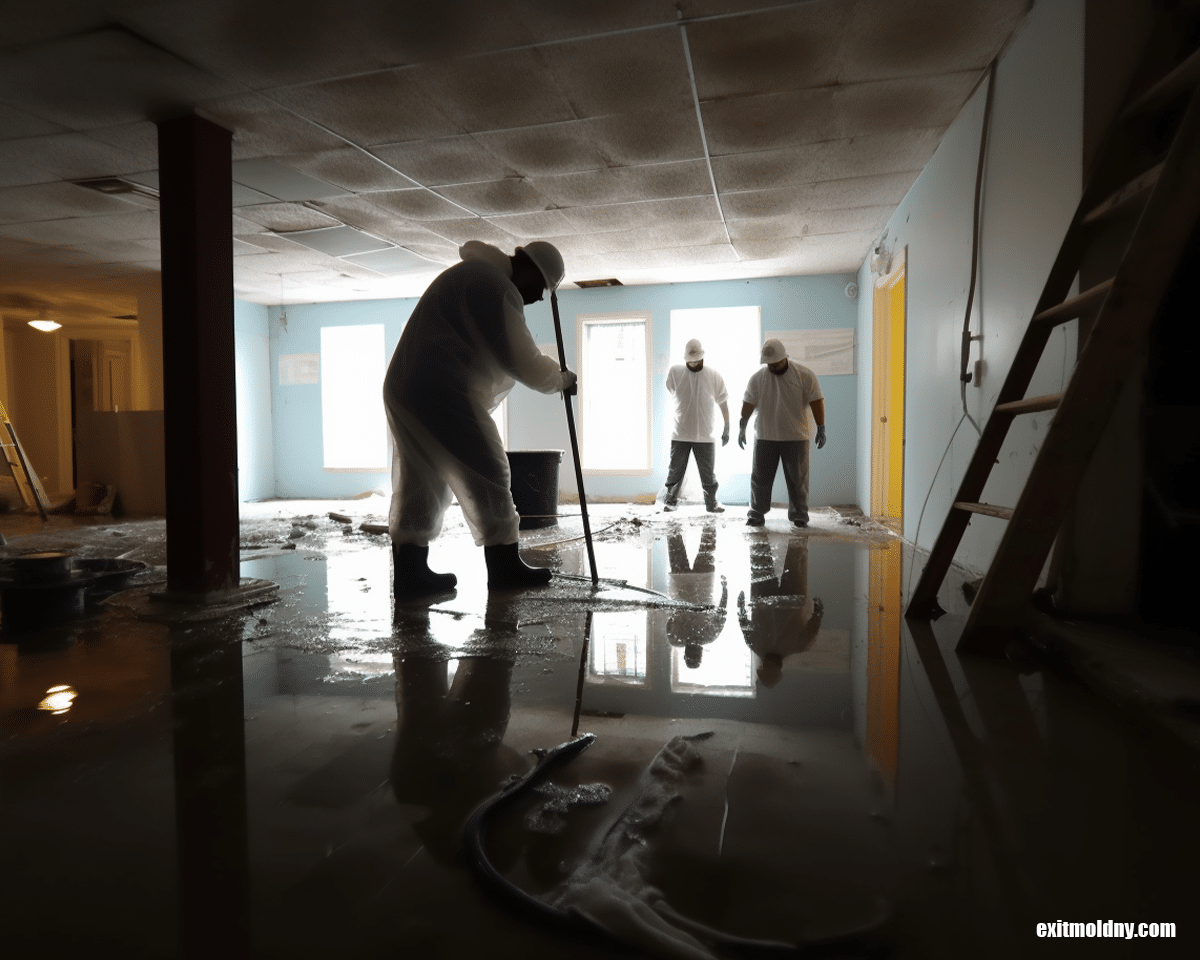
A Comprehensive Guide To Navigating Cleanup After A Flood Flash flooding is a normal phenomenon in densely populated cities such as New York, with many
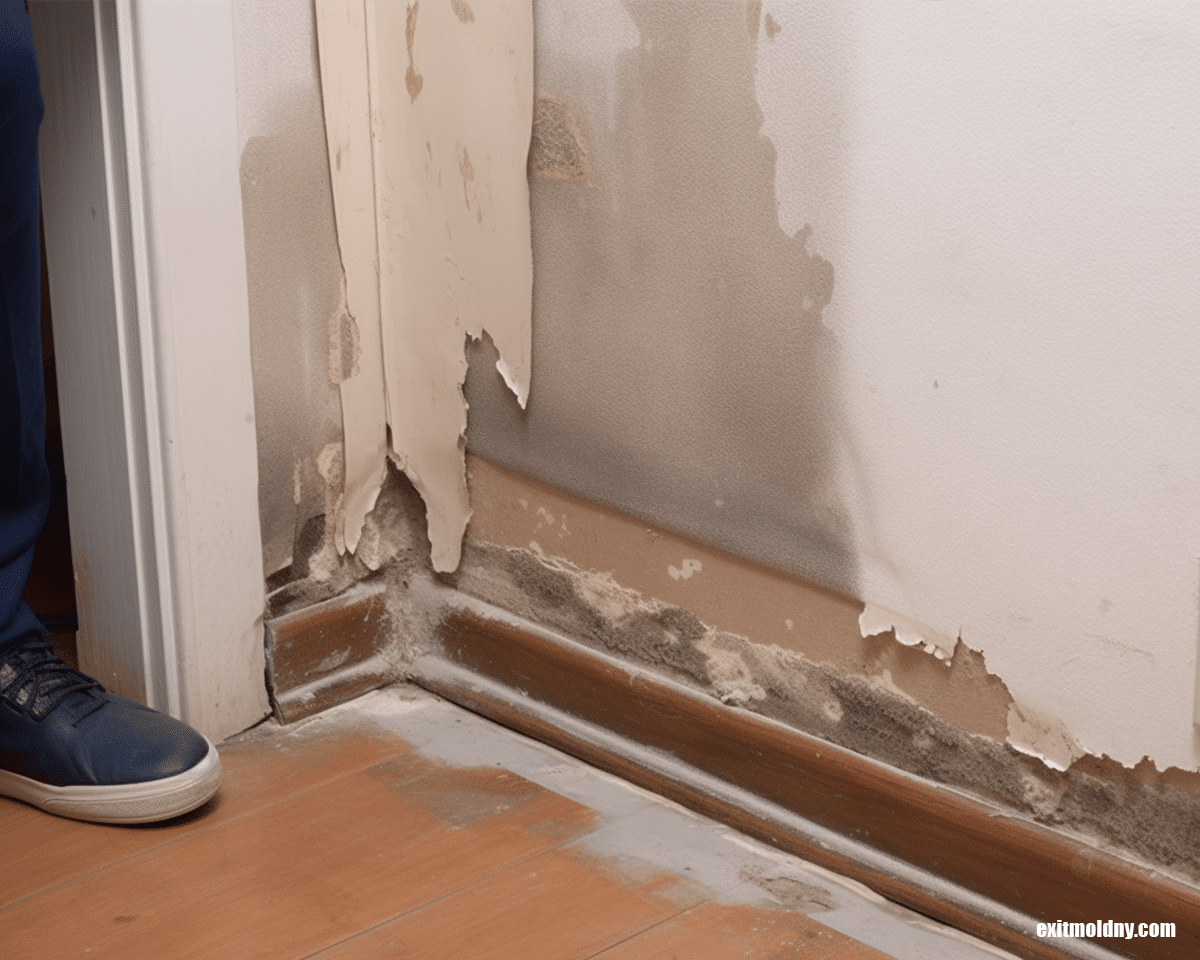
Restoring Your Home: Repairs and Renovations In our blog, A Comprehensive Guide To Cleaning Up After A Flood, we wrote about physically cleaning a home



New York 5 Boroughs Area
10 Brower Ave.
Woodmere, NY 11598
(516) 512-7877
Miami Dade County Area
2509 N Miami Ave
Miami Fl 33127
(786) 465-2300
